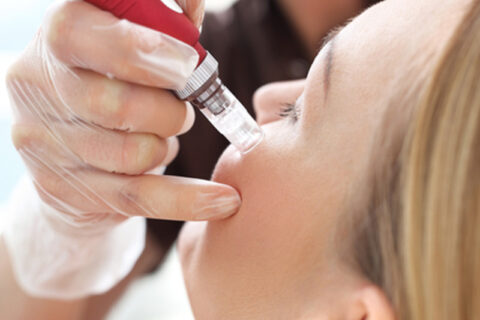Blog
When you consider hair removal, there are several options available before you make a choice. You could choose to shave or use depilatory creams but…
You are not alone in your struggle with fat deposits and excess skin in the abdominal area. These deposits in certain areas of the body are stubborn…
Many people struggle with stubborn fat and excess skin that just won’t go away, especially around their abdomen. You can do hundreds of crunches…
Living a healthy lifestyle is something that everyone should strive for. This helps maintain optimal health and weight for long and confident life.…
The world’s beauty norms have changed drastically throughout time. However, everybody desires a flat and pleasing abdomen. Individuals who do…
Are you starting to notice lines and wrinkles around your eyes and forehead? If so, you are not alone. Throughout our lives, we make many, many…
Many people who lose weight and achieve their goals find that they still have deposits of fat that don’t respond to their methods. Some patients…
Microneedling is a popular skin care treatment that can stimulate your body’s own collagen for stronger, younger looking skin. While its name might…
Any patient that’s undergone drastic weight loss knows how difficult a journey it can be. Unfortunately, these patients can still be left with…
Losing a significant amount of weight is sure to improve your lifestyle and confidence! However, it can also leave you with stretched skin and loose…










